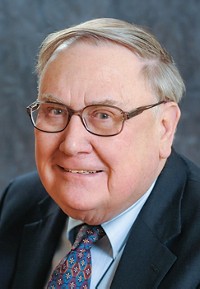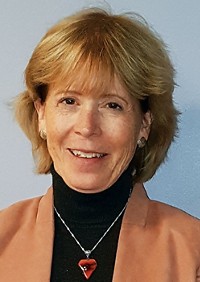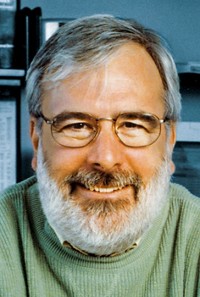Advertisement
Grab your lab coat. Let's get started
Welcome!
Welcome!
Create an account below to get 6 C&EN articles per month, receive newsletters and more - all free.
It seems this is your first time logging in online. Please enter the following information to continue.
As an ACS member you automatically get access to this site. All we need is few more details to create your reading experience.
Not you? Sign in with a different account.
Not you? Sign in with a different account.
ERROR 1
ERROR 1
ERROR 2
ERROR 2
ERROR 2
ERROR 2
ERROR 2
Password and Confirm password must match.
If you have an ACS member number, please enter it here so we can link this account to your membership. (optional)
ERROR 2
ACS values your privacy. By submitting your information, you are gaining access to C&EN and subscribing to our weekly newsletter. We use the information you provide to make your reading experience better, and we will never sell your data to third party members.
Biological Chemistry
Nakanishi Prize
Sponsored by the Nakanishi Prize Endowment
by Alexander H. Tullo
January 17, 2011
| A version of this story appeared in
Volume 89, Issue 3
C . Dale Poulter, John A. Widtsoe Distinguished Professor of Chemistry at the University of Utah, has spent his career at the intersection of chemistry and biochemistry, delving into how enzymes build large, elaborate structures from the five-carbon isoprenoid building block isopentenyl diphosphate.
“Simply put, Poulter, for almost four decades, has continuously been the single scientist with the largest impact in deciphering the logic and mechanism by which nature assembles isoprenoid natural products,” says Christopher T. Walsh, a professor at Harvard Medical School.
The most well understood biochemical pathway to isopentenyl diphosphate is the mevalonate pathway, which was discovered in the 1950s. Cholesterol-lowering statin drugs act on the enzymes in this pathway. Some of Poulter’s recent work has involved enzymes in the mevalonate pathway and in an alternative, nonmevalonate pathway to isopentenyl diphosphate, known as the methyl erythritol phosphate pathway, found in bacteria and plant chloroplasts.
Prenyl transferases have been the focus of most of Poulter’s work. These enzymes attach the isoprenoids to other molecules or to other isoprenoids. Poulter’s efforts have largely centered on isoprenoid chain elongation—by which isoprenoids are aggregated into skeletons of 10 to 30 carbons—and the coupling to yield squalene during steroid biosynthesis.
One of the most important isoprenoid reactions he has studied is protein prenylation. In these reactions, isoprenoids attach to soluble proteins, thus allowing them to bind to cellular membranes. Such proteins then become pivotal in signal transduction networks. “They are really important in cell biology for the internal function and the replication of the cell,” Poulter says. The potential to block uncontrolled cell division offers the promise of suppressing cancer. Although such drugs are in clinical trials, they are on not yet on the market.
Recently, Poulter has been investigating ways modern enzymes might have evolved from a common ancestor. He has found that when some of the isoprenoid enzymes are perturbed, they lose the selectivity characteristic of the modern enzymes. By intermixing parts of two different isoprenoid enzymes or eliminating enzyme cofactors, he can make new enzymes that lack selectivity and then identify the changes in amino acids required to restore selectivity.
Poulter, 68, was originally trained as a physical organic chemist while he was an undergraduate at Louisiana State University and then as a graduate student at the University of California, Berkeley, where he earned a Ph.D. under William G. Dauben in 1967. He became interested in the isoprenoid pathways after he joined the faculty of the University of Utah in 1969 following a postdoctoral stint with Saul Winstein at UCLA. He learned the techniques for handling proteins while working under a National Institutes of Health Career Development Award in the 1970s. He picked up skills in molecular biology during a sabbatical in the mid-1980s and incorporated these techniques into his lab at the University of Utah.
Poulter’s other honors include the Repligen, Ernest Guenther, Arthur C. Cope Scholar, and James Flack Norris Awards, all from ACS. He is a member of the National Academy of Sciences and has been editor-in-chief of the Journal of Organic Chemistry since 2001.
Poulter will present the award address before the Division of Organic Chemistry.






Join the conversation
Contact the reporter
Submit a Letter to the Editor for publication
Engage with us on Twitter